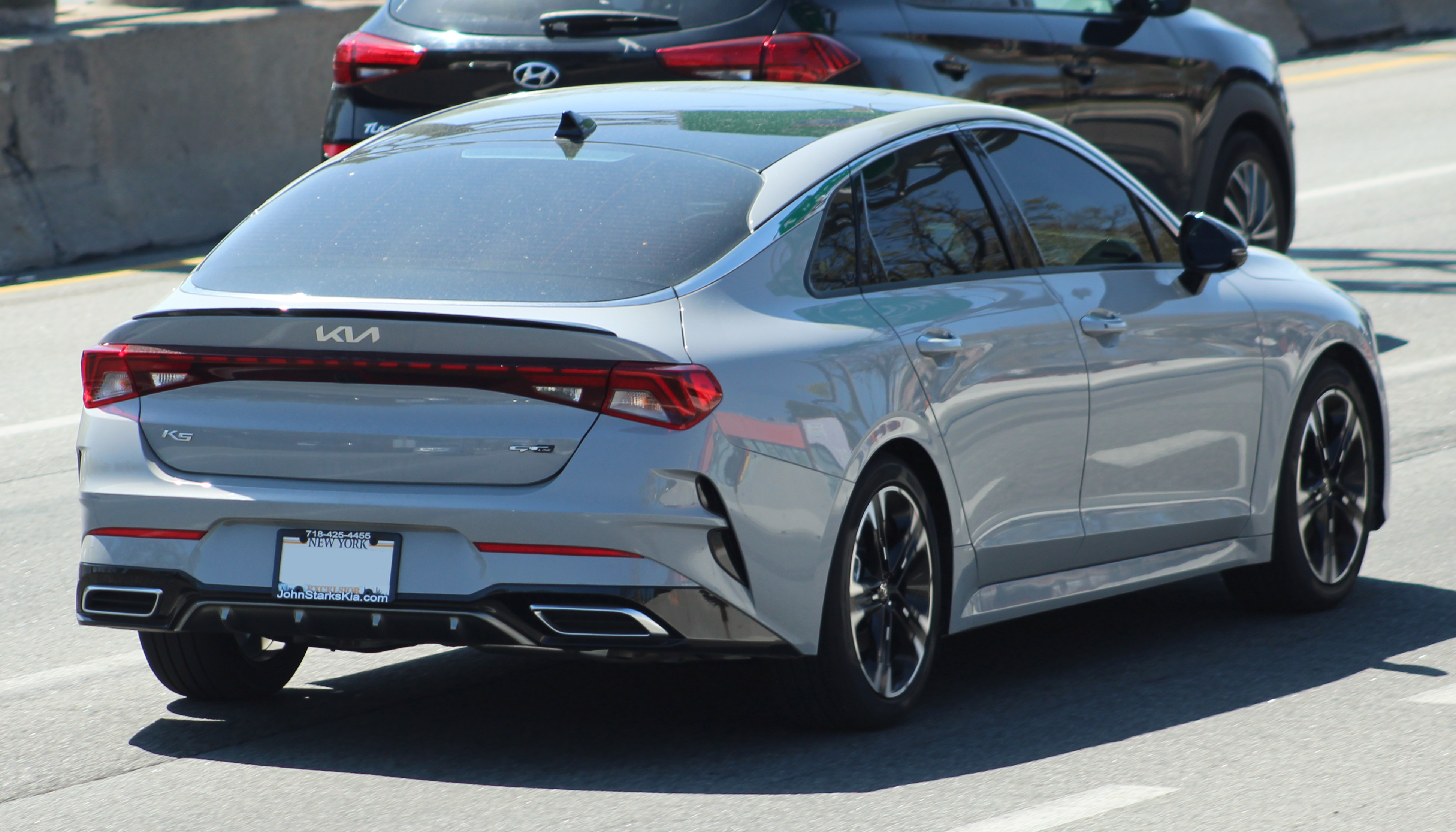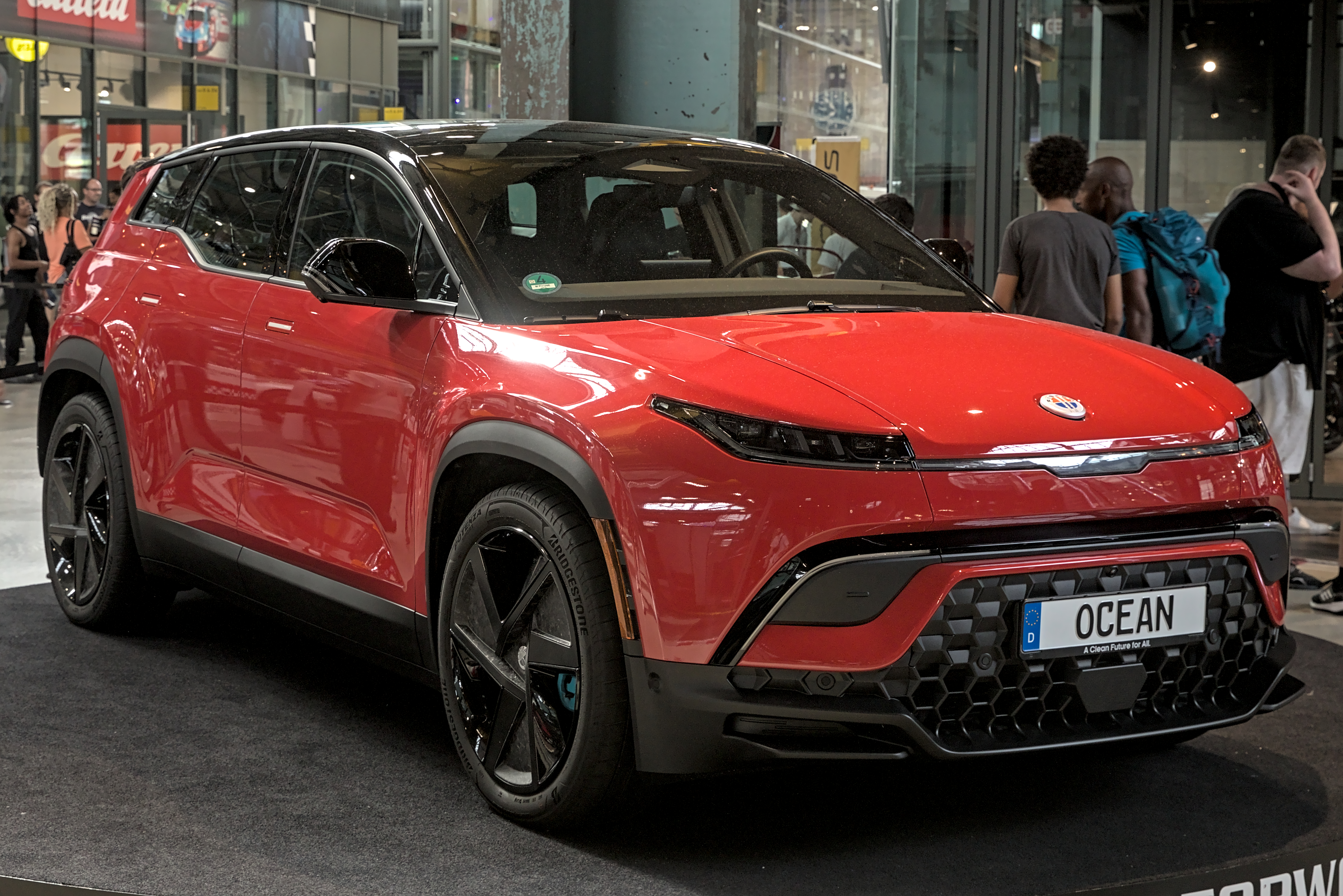
BWM 530i Vs. Kia’s K5 GT Performance Comparison
The automotive world is rapidly changing, and one of the most thrilling developments lately is Kia’s rise as a formidable contender in the performance sedan arena. With the K5 GT making headlines for its claim to outpace the established BMW 530i in both acceleration and handling, this isn’t mere marketing chatter; it’s substantiated by independent evaluations from AMCI Testing, known for its thorough and impartial assessments. Boasting a 2.5-liter turbocharged I4 engine with 290 horsepower and 311 pound-feet of torque, paired with an eight-speed dual-clutch transmission, the K5 GT is tailor-made for driving enthusiasts, while the BMW 530i has long set the standard in the luxury sedan market with its turbocharged 2.0-liter I4 engine cranking out 255 horsepower and 295 lb-ft of torque.
What’s particularly intriguing about this performance comparison is how closely matched these two sedans are in various metrics. In acceleration testing, for instance, the K5 GT reaches 60 mph in just 5.4 seconds, a mere .1 second faster than the 530i’s time of 5.5 seconds. This narrow margin highlights just how competitive the K5 GT is. Additionally, AMCI Testing reported that the K5 GT outperformed the BMW in cornering, achieving a remarkable 0.93 g on the skidpad compared to the BMW’s 0.90 g. While these numbers may seem marginal, they can make all the difference in spirited driving situations, where a few tenths of a second or a fraction of a g can be pivotal.
In the realm of performance sedans, drivetrain layouts are pivotal, and here lies a key distinction: the K5 GT employs a front-wheel-drive system, whereas the BMW features a rear-wheel-drive configuration. This fundamental difference can significantly affect handling dynamics, as rear-wheel drive often provides better weight distribution and maneuverability during spirited driving. Nonetheless, Kia has outfitted the K5 GT with a sport-tuned suspension, which greatly enhances its handling prowess and ensures an engaging driving experience, enabling it to tackle corners with confidence.

It’s important to note that technology plays a role in enhancing driving dynamics, and the K5 GT is equipped with a host of performance-oriented technologies designed to optimise acceleration and handling. Features such as launch control and a sophisticated traction management system help to get power to the ground effectively, allowing drivers to maximize acceleration without excessive wheel spin. This is particularly advantageous during spirited driving or in slippery conditions, giving the K5 GT a tangible edge in various scenarios. The BMW, while also equipped with advanced driving aids, tends to focus on luxury and comfort, which can sometimes dilute the raw performance experience. In this performance showdown, the K5 GT seems tailored more towards driving enthusiasts who appreciate a visceral connection to the road, whereas the BMW 530i leans into its identity as a luxury vehicle that balances performance with comfort.
Braking performance is a crucial aspect of any sports sedan, and it plays a significant role in both safety and driving enjoyment. The K5 GT is equipped with a robust braking system that features larger discs and performance-oriented calipers, ensuring that it can stop effectively in a range of driving conditions. In AMCI Testing’s evaluations, the K5 GT demonstrated impressive braking distances from higher speeds, outperforming the BMW 530i in emergency stop scenarios. This is critical for spirited driving as well as everyday safety, reinforcing the idea that high performance is not solely about acceleration and cornering.
Now, let’s turn our attention to the handling dynamics of these two vehicles. The K5 GT’s front-wheel-drive layout, combined with a sport-tuned suspension, has been engineered to provide a responsive and engaging driving experience. The suspension is firmer than that of the standard K5, allowing for better body control during aggressive cornering. In contrast, the BMW’s rear-wheel-drive configuration typically affords it a different handling response, often praised for its balance and dynamic steering feel. However, during AMCI Testing evaluations, the K5 GT managed to exhibit remarkable agility and confidence when diving into corners, pulling higher lateral g-forces than the BMW. This indicates that the K5 GT is not just about speed but also about precision and control, appealing to such driving enthusiasts who crave that spirited experience.
Highlights of the K5 GT

It’s crucial to recognize that Kia isn’t new to performance accolades. When the K5 GT was first introduced in 2021, it already faced off against the BMW 330i in another AMCI test and emerged victorious in both acceleration and handling metrics. This history of underdog success raises eyebrows and challenges preconceived notions about what budget-friendly sedans can achieve.
The K5 GT is crafted to provide an exhilarating experience usually associated with high-end luxury cars, all while maintaining a more accessible price tag. This smart pricing strategy gives Kia a competitive edge, enabling it to appeal to a broader customer base without sacrificing excitement or performance. It’s almost ironic that a brand traditionally viewed as budget-friendly is now stepping up to challenge luxury icons like BMW head-on, showcasing its evolution in the automotive landscape.
The thrill of the K5 GT extends beyond mere performance figures; it’s packed with features designed to elevate the driving experience. The interior is both stylish and tech-forward, offering a range of modern conveniences and essential safety technologies that cater to the needs of today’s drivers. Additionally, its sleek and aggressive design not only embodies its sporty character but also captures the attention of car enthusiasts, making it a standout in both performance and aesthetics.
Attractiveness to the consumer

It’s worth noting that while performance numbers are essential, the subjective experience of driving the K5 GT versus the BMW 530i plays a significant role in consumer perception. The K5 GT may not only deliver on paper but also in real-world driving scenarios where a driver can feel the responsiveness of the steering, the grip of the tires, and the overall road feel.
As the auto industry progresses, competition is set to intensify, and the K5 GT exemplifies Kia’s dedication to performance and quality while challenging the status quo of luxury sedans. The findings from AMCI Testing reinforce the idea that consumers should focus on performance metrics rather than just the brand’s emblem, as the Kia K5 GT proves its worth in the evolving market landscape. It’s an exhilarating era for automotive enthusiasts, as they witness the emergence of worthy competitors like the K5 GT alongside esteemed rivals such as the BMW 530i.
Exploring the performance metrics that set the Kia K5 GT against the BMW 530i unveils fascinating insights that any car aficionado would relish. To understand the basis for Kia’s bold claims, we need to examine various performance parameters that shape vehicle dynamics. These metrics not only showcase impressive numbers but also emphasize the driving experience, which is often overshadowed by mere statistics. Let’s delve into key performance indicators such as braking efficiency, handling characteristics, and technological innovations that solidify the K5 GT’s position as a strong challenger to the luxury standard set by the BMW 530i.
The K5 GT Value Proposition

One of the fascinating aspects of the K5 GT is its overall value proposition. While performance metrics certainly catch the eye, the consideration of price adds another layer to the analysis. The K5 GT is available at a significantly lower price point than the BMW 530i, making it a compelling option for those who desire performance without the luxury price tag. This affordability does not mean it skimp on features; rather, Kia has equipped the K5 GT with a suite of technology and comfort features that often surpass those of its German competitor in terms of value for money. This includes modern connectivity options, advanced safety features, and a well-designed interior that caters to the needs of today’s drivers. In many ways, the K5 GT represents a shift in consumer expectations, where performance and luxury can exist without the exorbitant costs traditionally associated with luxury brands.
Moreover, the aesthetic appeal of the K5 GT cannot be ignored in this analysis. Its design language embodies a sporty and aggressive stance that mirrors its performance capabilities. The sleek lines and bold front fascia not only enhance aerodynamics but also give the K5 GT an unmistakably striking presence on the road. This visual excitement is something that resonates deeply with car enthusiasts, as it not only represents performance but a lifestyle choice. In contrast, while the BMW 530i is undeniably stylish and elegant in its own right, it embodies a more conservative aesthetic that might not evoke the same level of excitement among younger drivers who value sportiness and dynamic design. This differentiation in design language further solidifies the K5 GT’s position as an engaging alternative in the performance sedan segment.
As we consider the overall driving experience, feedback from actual drivers lends invaluable insight into how the K5 GT and BMW 530i stack up against each other in real-world scenarios. Many reviews from K5 GT owners emphasize the excitement and engagement they feel when driving the vehicle, with its responsive steering and capable handling often cited as standout features. In comparison, while the BMW 530i is praised for its smoothness and refinement, some drivers note that it may lack the raw excitement and thrill that the K5 GT delivers, especially when pushed to its limits. This subjective experience plays a significant role in consumer preferences, as for many, it’s not just about the performance on paper, but how a car makes them feel on the road.

The face-off between the Kia K5 GT and the BMW 530i provides valuable insights into what defines a true modern sports sedan. While the raw data from AMCI Testing highlights the K5 GT’s superior acceleration and cornering abilities, a closer examination of its braking performance, handling dynamics, technological features, overall value, and driver satisfaction reveals a fuller picture of the K5 GT’s impact in the automotive scene. Kia has successfully created a vehicle that not only rivals established luxury brands but does so with a mix of innovation, excitement, and a commitment to delivering genuine performance at a price that is accessible to many. The automotive landscape is clearly evolving, and with the K5 GT paving the way, it’s an exhilarating time for car enthusiasts to witness the changing dynamics of performance sedans.
Related posts:
Kia Says It Has Proof The K5 GT Is Faster And Comes With Better Handling Than The BMW 530i
Nothing Completely Changes A Car Faster Than A Sick Set Of Aftermarket Wheels
Swiss Millionaire Fined $128,000 For Tailgating in BMW




